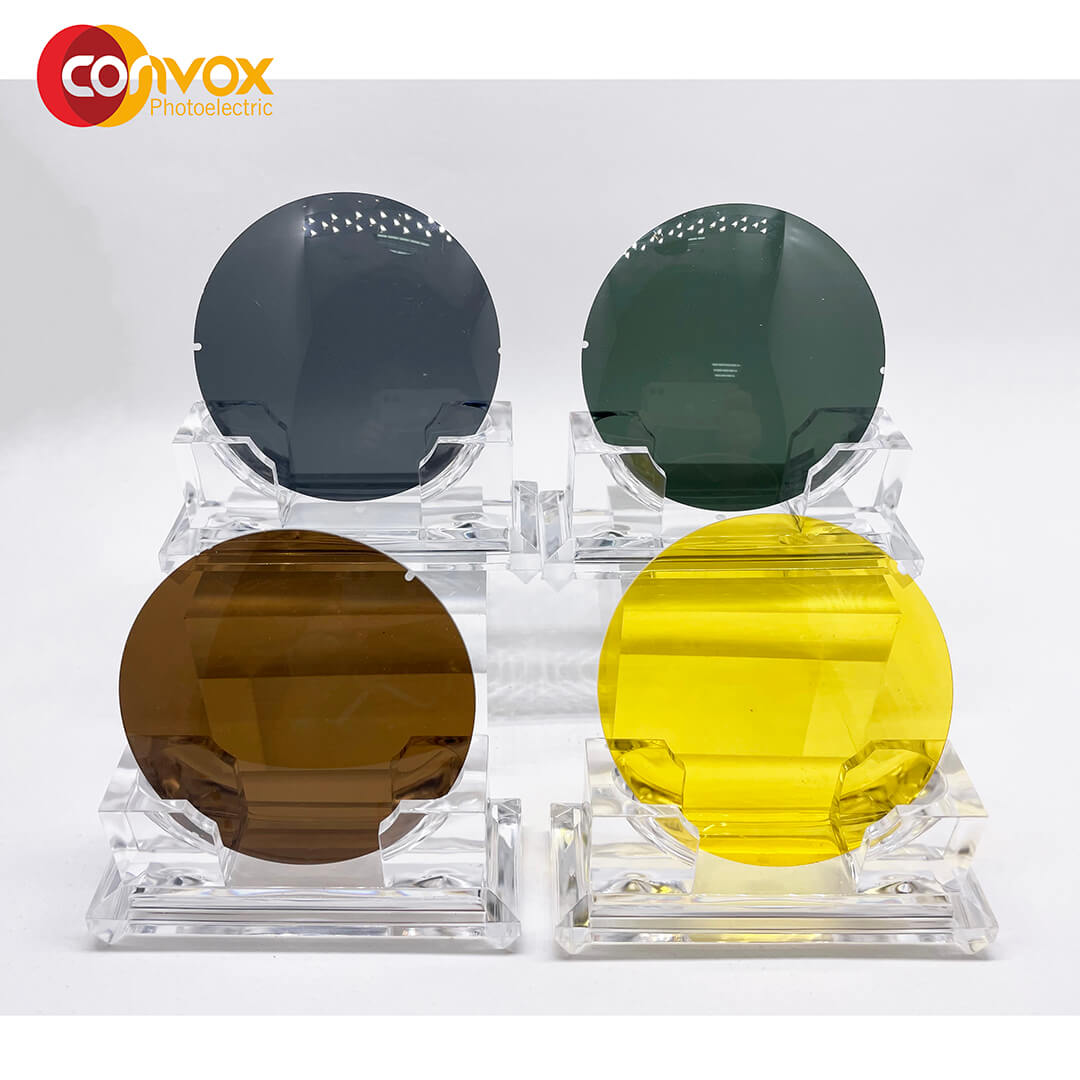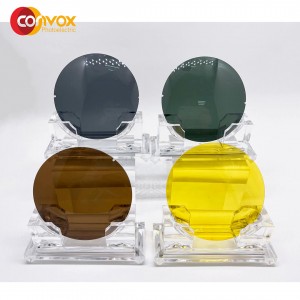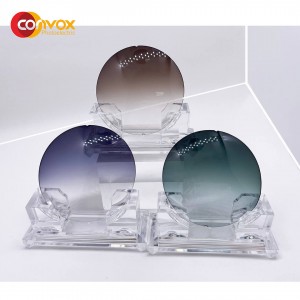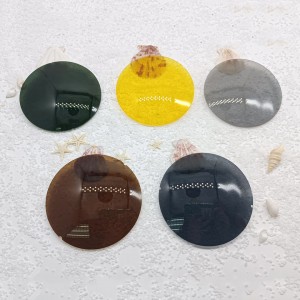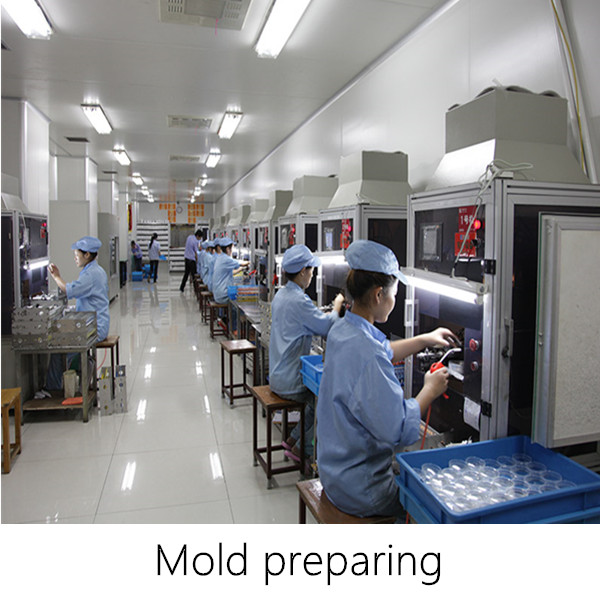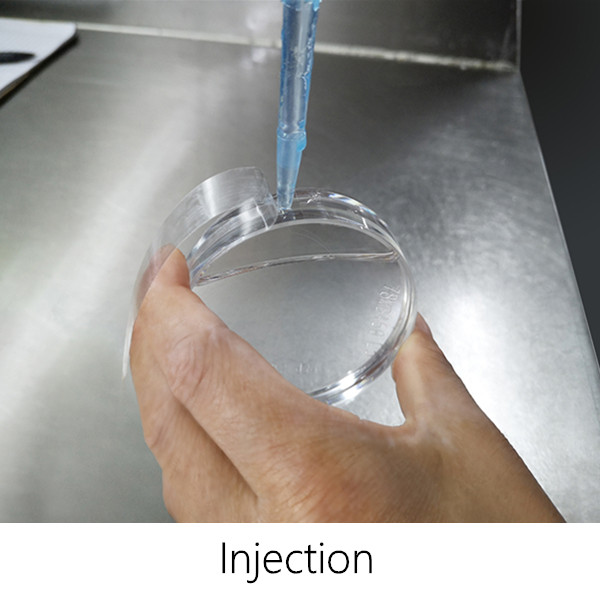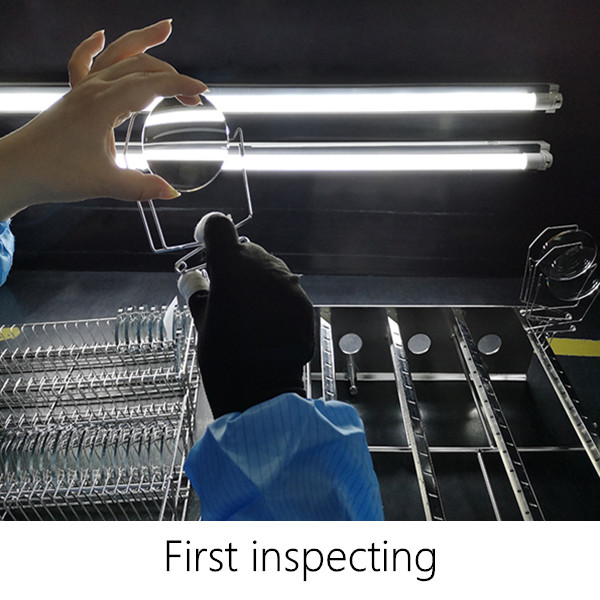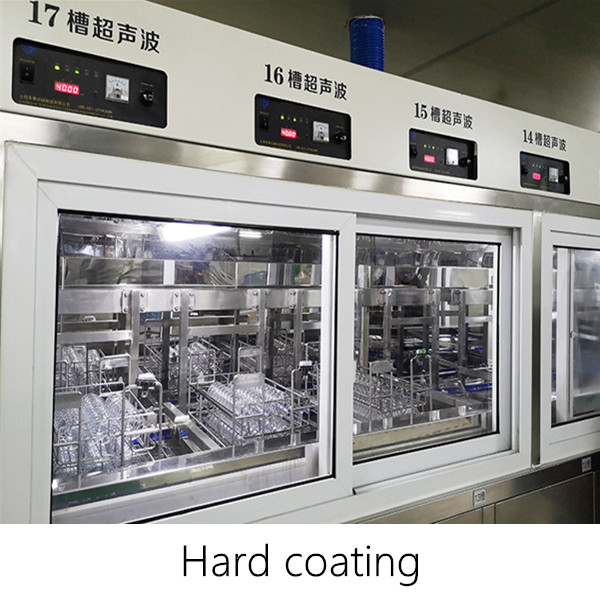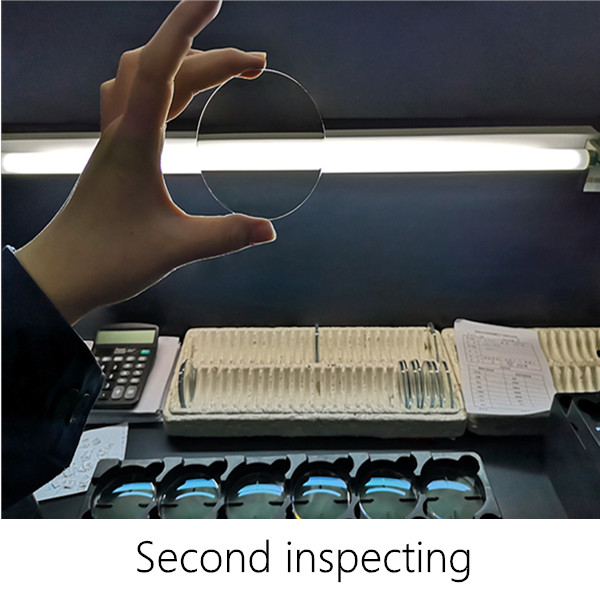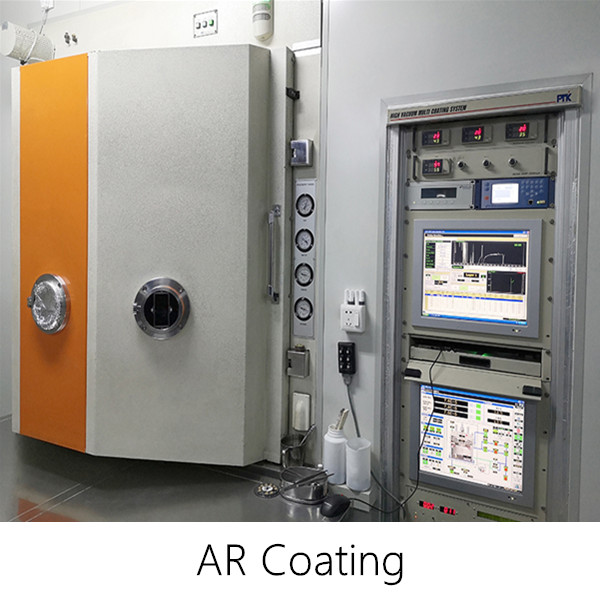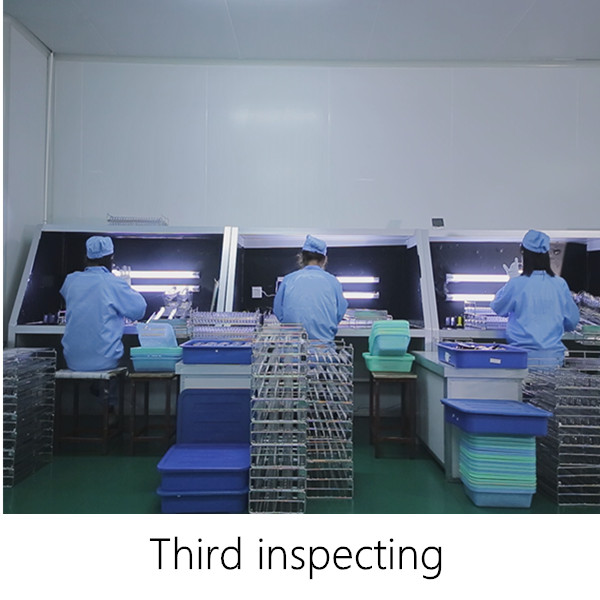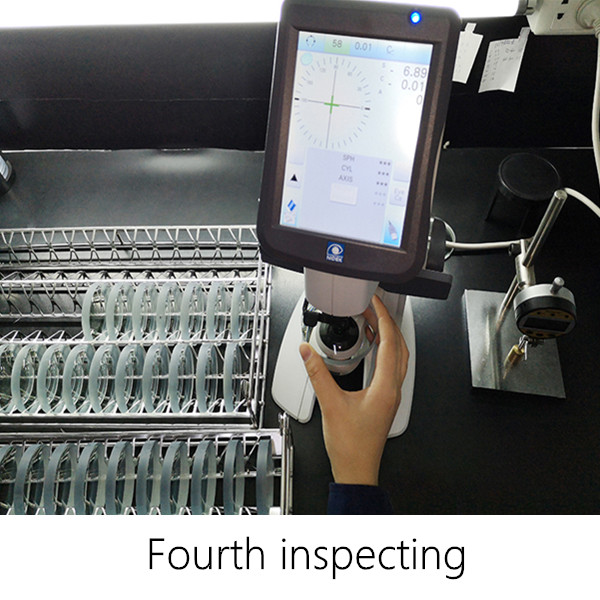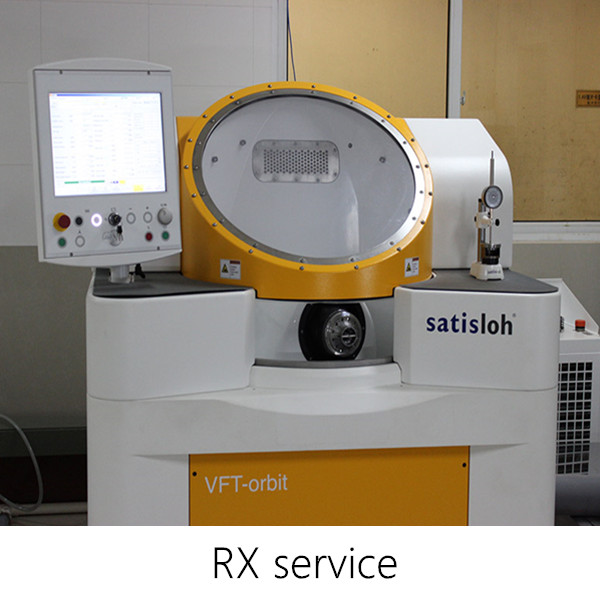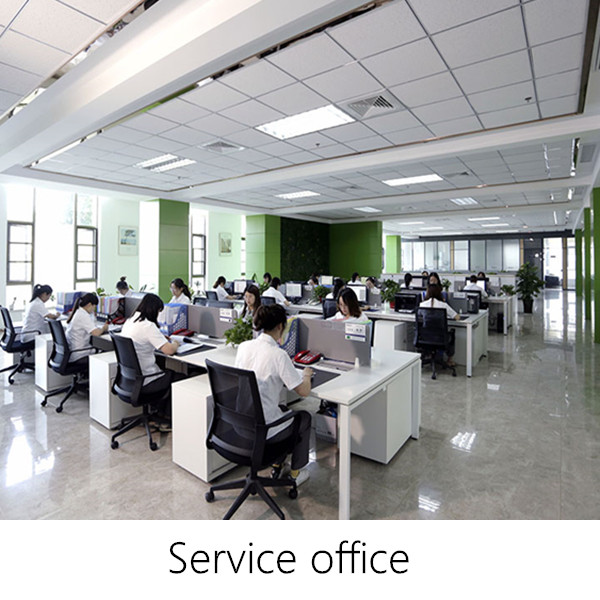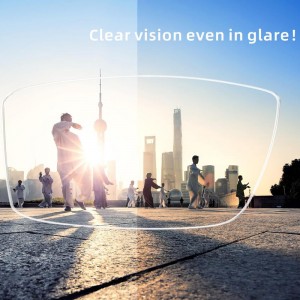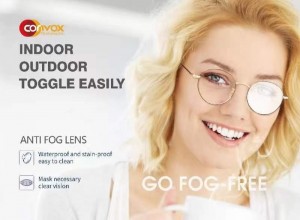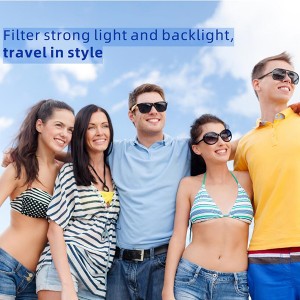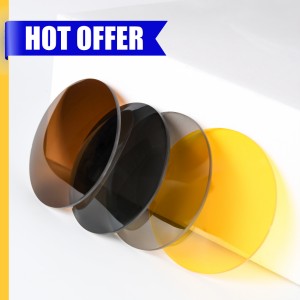1.49 sun lens
What Products can we Produce?
Index: 1.499, 1.56,1.60, 1.67, 1.71,1.74, 1.76,1.59 PC Polycarbonate
1.Single Vision Lenses
2. Bifocal/Progressive lenses
3. Photochromic Lenses
4. Blue Cut Lenses
5. Sunglasses/Polarized lenses
6. Rx lenses for single vision, bifocal, freeform progressive
AR treatment: Anti-fog, Anti-Glare, Anti-virus, IR, AR coating color.
Description
| Place of Origin: | Jiangsu, China | Brand Name: | Convox |
| Model Number: | 1.49 SUN LENS | Lenses Material: | Resin |
| Lenses Color: | Clear | Coating: | UC |
| Other Name | 1.49 SUN TINTED LENS | Product Name: | 1.49 SUN TINTED UC LENS |
| Material: | CR39 | Design: | Spheric |
| Multi color: | GREEN | Color: | Clear |
| Abrasion Resistance: | 6~8H | Transmittance: | 98~99% |
| Port: | Shanghai | HS CODE: | 90015099 |
What is UV?

All eyes need protection from the burning rays of the sun. The most dangerous rays are called ultra violet (UV) and they are broken into three categories. The shortest wavelengths, UVC are absorbed in the atmosphere and never make it to the surface of the earth. The middle range (290-315nm), higher energy UVB rays burn your skin and are absorbed by your cornea, the clear window on the front of your eye. The longest region (315-380nm) called UVA rays, pass to the interior of your eye. This exposure has been linked to the formation of cataracts as this light is absorbed by the crystalline lens. Once a cataract is removed the very sensitive retina is exposed to these damaging rays.So need sun lens to protect our eyes.
Why We Need Sun Tinted Lens?
Research shows that long-term, unprotected exposure to UVA and UVB rays may contribute to the development of serious eye conditions such as cataracts and macular degeneration.Sun lens help prevent sun exposure around the eyes which can lead to skin cancer, cataracts and wrinkles. Sun lenses are also proven safest visual protection for driving and provide the best overall wellness and UV protection for your eyes outdoors.

Grey lenses lessen all wavelengths equally. They reduce brightness while maintaining your color perception.
Brown lenses absorb light in the UV and blue end of the spectrum while reducing the intensity of the surrounding light. While there may be some difficulty that attends recognizing colors, some feel a brown lens can enhance contrast.
G-15 Green lenses It is essentially a combination of a grey and green tint that transmits 15% (blocks 85%) of the light.
Yellow lenses filter blue light. These shorter wavelengths bounce off water particles in the air intensifying the impact of fog and haze. A yellow lens can reduce the impact of that haze, but still reduces the amount of available light and should never be worn at night.
Gradient Lenses: Gradient lenses are tinted from the top down – the top of the lens is darkest and fades to a lighter color at the bottom of the lens. Gradient lenses are good for driving, as they protect your eyes from overhead sunlight but allow more light through the bottom half of the lens so that you can see your car dashboard clearly.
HOW TINTED LENSES WORK

Tinted lenses are lenses with a pigmented dye in them. There are a variety of tint colors available, with the most common being brown or gray. The color doesn’t have an effect on how much protection you’re getting, but is more based on personal preference. Brown offers a warmer hue, giving more of a contrast type of lens, which can distort certain colors. Gray is more neutral and natural to look through, resulting in a more true appearance of color.
When considering the density of the tint however, it does affect the protection you’ll get from your sunglasses. Tinted lenses can be made lighter or darker according to an individual’s preference. Lighter densities will not offer as much protection as darker densities. For example, a lens tinted at a 75% gray will have more protection than the same gray lens tinted at a 25% density. A density of at least 75% is recommended for outdoor use and maximum sun protection.
How To Choose Tint Color?
BENEFITS OF TINTED LENSES
Help reduce glare when there is excess light
Certain colored tints can provide sports players with competitive advantages
Improve contrast and image resolution (brown lens)
Help reduce and minimize eyestrain (amber lens)
More precise and relaxed vision (green lens)
Shipping & Package
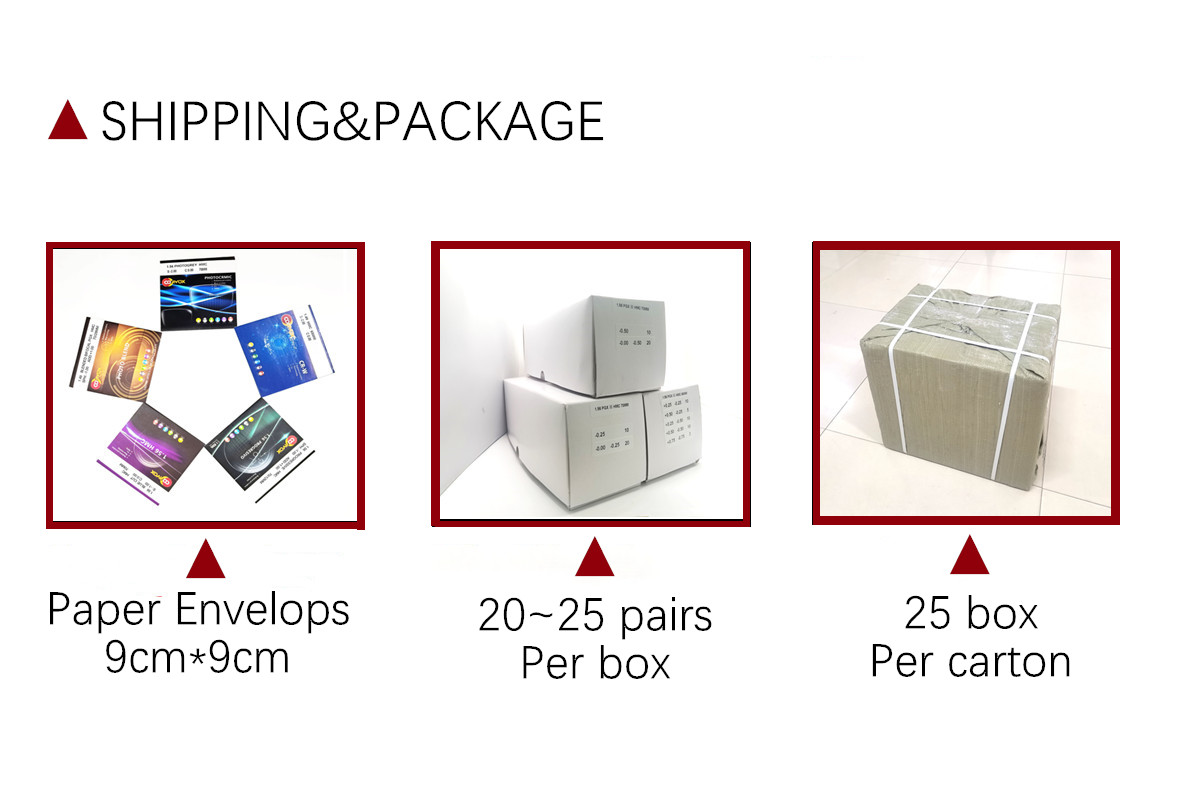
Production Flow Chart
About Us

Certificate

Exhibition

Our Products Testing

Quality Checking Procedure

FAQ


